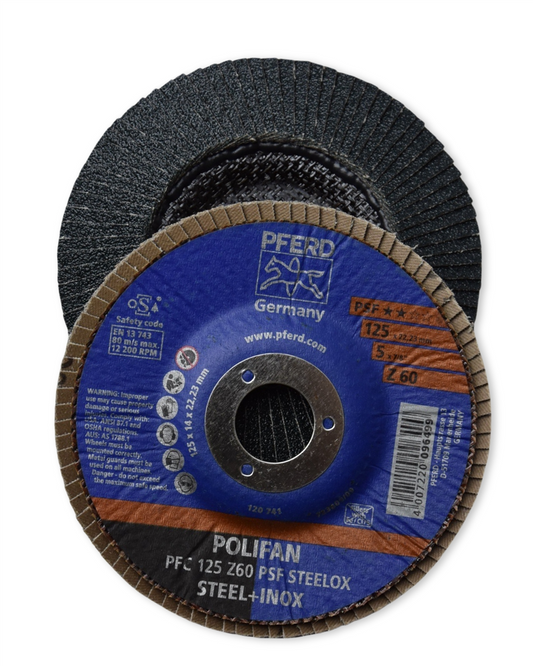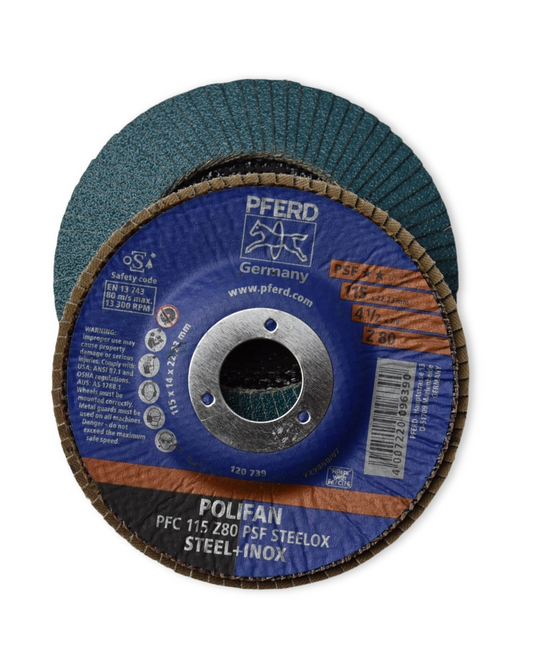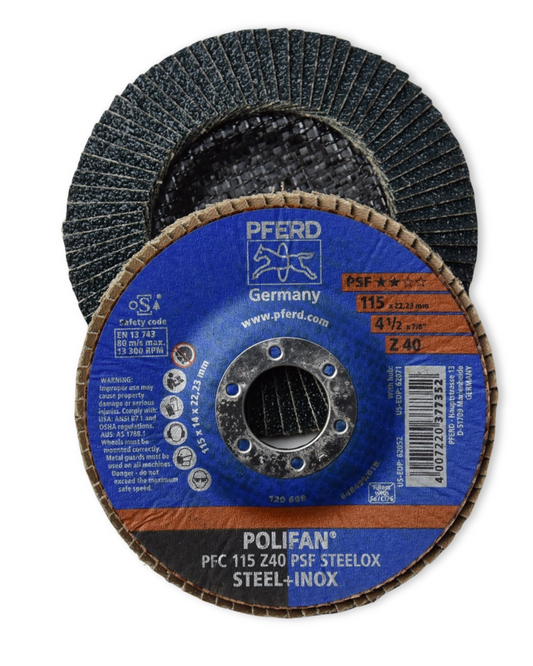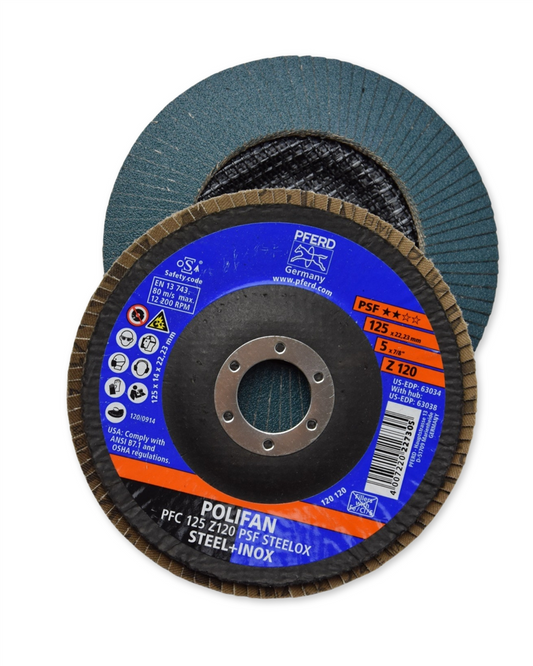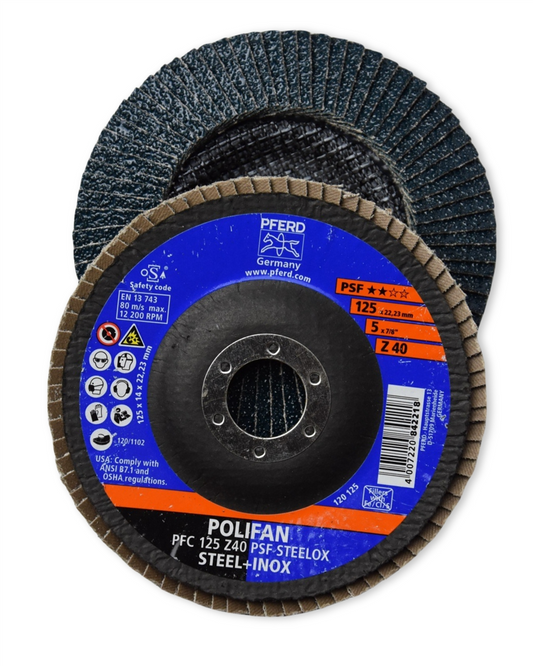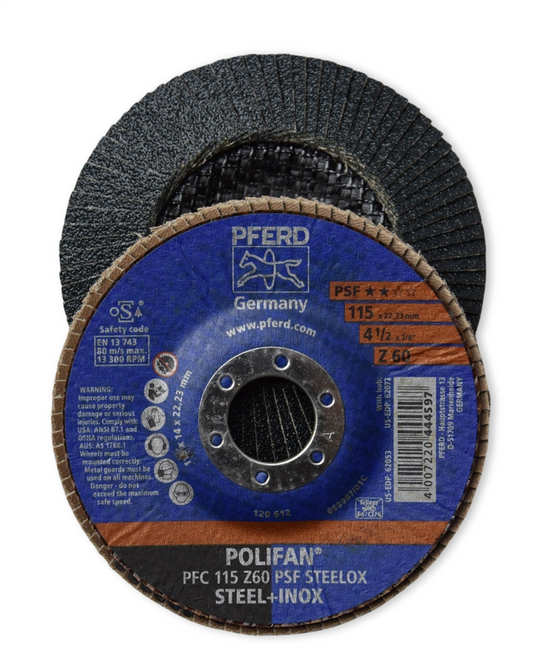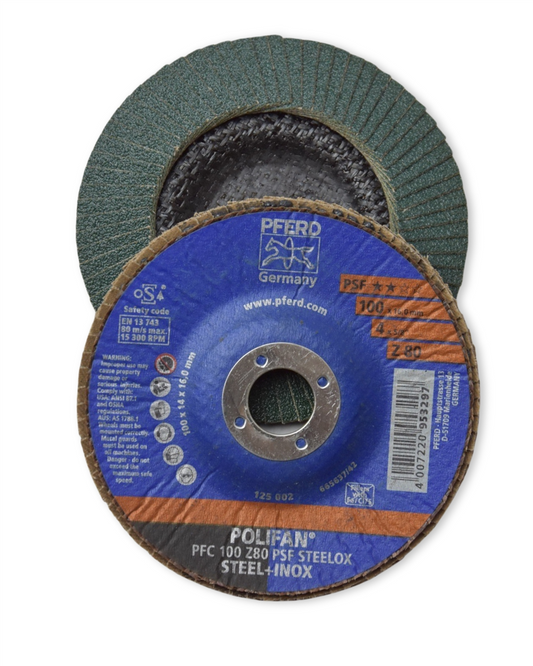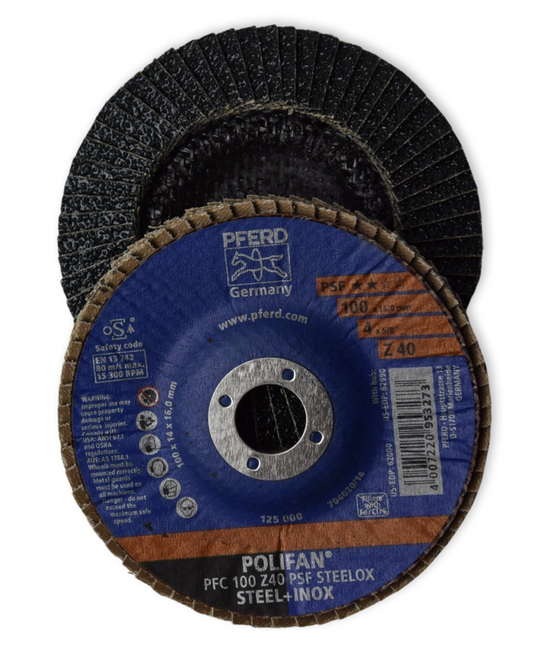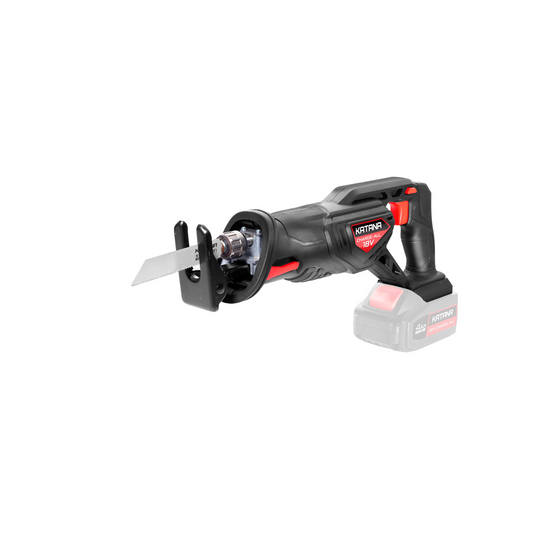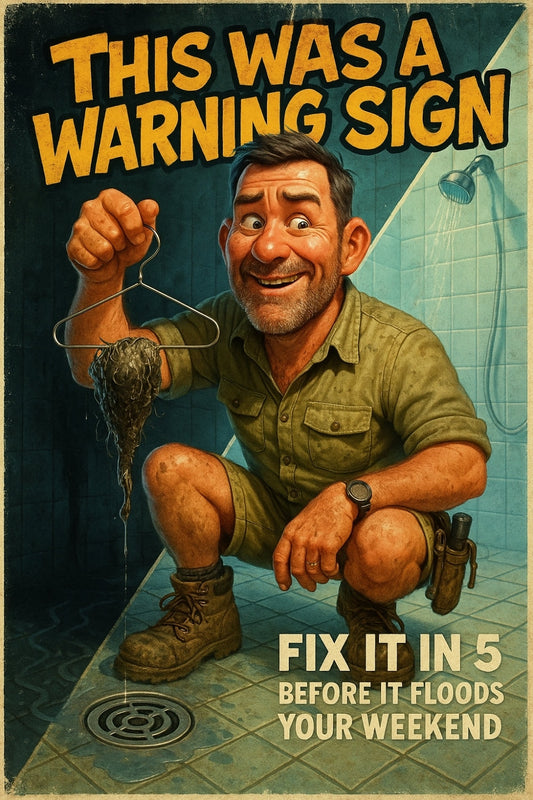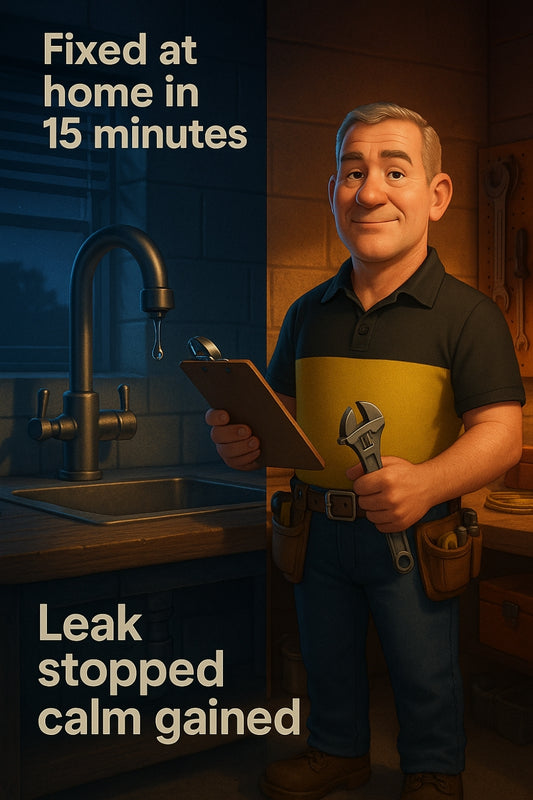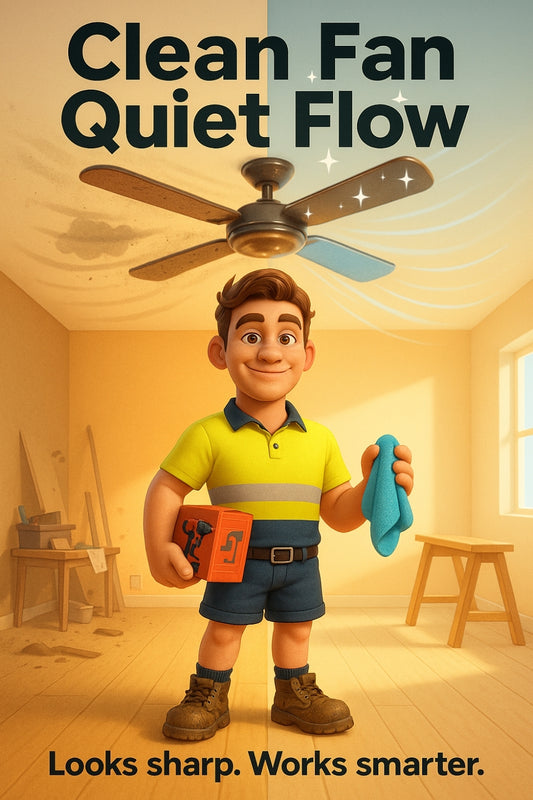What You Need to Know Before Using Spray Paint Indoors
Share
How to Safely Use Spray Paint Indoors Without Turning Your Home into a Fume Chamber
Spray paint can work wonders for a DIY makeover. That old chair, those picture frames, even a tired-looking plant pot — all given new life with a quick spritz. But let’s be honest, using it indoors can be a recipe for disaster if not done right. No one wants a home that smells like a paint factory or, worse, a health hazard lurking in the air. Here’s what you need to know before shaking that can.
Ventilation Is Your Best Friend
Let’s start with the obvious — spray paint fumes aren’t exactly what you’d call refreshing. They contain chemicals that can cause headaches, dizziness, and all sorts of unpleasant reactions. That’s why airflow matters. Open every window and door you can. Set up fans to keep the air moving, bringing fresh air in and pushing fumes out. If you have an exhaust fan, switch it on to help clear the space faster.
Set Up a Painting Zone
Spray paint mist has a sneaky way of settling onto surfaces you never intended to paint. Floors, furniture, and even your unsuspecting pet’s fur could end up speckled. Use a large drop sheet or old newspapers to cover anything nearby. A makeshift spray booth — using an old cardboard box — can help contain overspray when working on smaller objects.
Protect Yourself
There’s no heroism in breathing in paint fumes or getting speckles all over your skin. Grab a mask with a proper filter (not just a dust mask). Gloves and safety glasses are a good idea, too. Wearing old clothes is smart, unless you fancy a wardrobe that looks like a modern art experiment.
Choose the Right Paint
Not all spray paints are created equal. Many formulas are designed for outdoor use because they contain stronger solvents. Opt for low-odour, indoor-friendly varieties whenever possible. Some even have reduced toxicity, making them safer for enclosed spaces. Have a quick read of the label — it’s worth the extra few seconds.
Work in Thin Coats
Patience is the name of the game. A heavy-handed approach leads to drips, uneven coverage, and longer drying times. Hold the can about 20-30cm away from your surface and apply light, even coats. Let each layer dry before adding another. It might take a few rounds, but the finish will look much better — and you’ll avoid a thick, sticky mess.
Let It Cure Properly
Think you’re done just because the paint’s dry? Not quite. Spray paint takes time to fully cure, meaning it’s still a bit vulnerable to smudges or damage for a little while. Give it at least 24 hours before handling, and avoid placing freshly painted items on soft surfaces too soon.
Be Fire-Safe
Spray paint is flammable. That means no painting near heaters, pilot lights, or any other open flames. Let the fumes clear completely before using any heat sources in the room again. It might sound like overkill, but safety always wins over shortcuts.
Dispose of Leftover Cans Responsibly
Empty cans should never be thrown in regular bins. Check with your local waste disposal service for proper recycling or hazardous waste sites. If there’s still paint left, keep the can in a cool, dry place away from direct sunlight and heat until you’re ready to use it again.
Give It a Go — Safely
Spray painting indoors doesn’t have to be a risky adventure. With a bit of planning and the right setup, you can pull off a professional-looking finish without the side effects of fumes, mess, or safety risks. Got a project in mind? Drop into Strathalbyn H Hardware for expert advice and all the supplies you need to do it right!
Happy painting! Candeece

Stay Connected
Follow our Facebook Page: Strathalbyn H Hardware on Facebook


